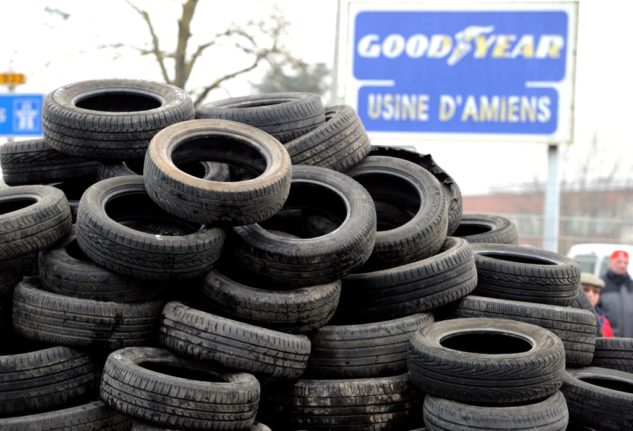The cause of death of a two-and-a-half year old boy who went missing in a French Alpine village last summer remains unexplained, despite the discovery of his skull and clothes, prosecutors have said.
Emile Soleil, aged two-and-a-half, was at the summer home of his grandparents in the hamlet of Le Haut-Vernet when he vanished in July, in a mystery that has gathered huge attention in France.
A walker found the boy’s skull and teeth some 25 minutes walk from the village at the weekend and investigators later discovered his clothes in the area.
But the skull and teeth found so far, “do not indicate what the cause of the death of Emile was,” Aix-en-Provence prosecutor Jean-Luc Blanchon told reporters in the southern French city.
He added that, “between a fall, manslaughter and murder no hypothesis can be given greater precedence above another to explain the death.”
The clothes – a t-shirt, shoes and shorts found 150 metres from the skull – would be examined as the investigation continues.
“No injury ante-mortem (before death) was observed on the skull,” he added, saying there were marks that could have been caused after death by animals present in the area.
Dozens of gendarmes and investigators, aided by dogs specialised in detecting human remains, continued search operations which were expected to continue into Wednesday.
Searches will continue for as long as necessary, the gendarmerie has said, with no outside person allowed to access Haut-Vernet, home to just 25 people, until the end of this week at least.
Investigators on the ground were being helped by forensic colleagues in Paris examining the remains that were found.
Blachon said that the woman who found the remains had “carefully” put the skull into a plastic bag before returning to her home with it and calling the gendarmerie. He refused to give more details about the individual.
That area had already been thoroughly inspected with police dogs, thermal imaging and cameras shortly after Emile went missing in July 2023. It remains unclear whether the remains had always been there or had been moved by an animal, the weather or a human.
Two neighbours last saw Emile walking alone on a street in Le Haut Vernet, 1,200 metres up in the Alps on July 8. He was wearing a yellow T-shirt, white shorts and hiking shoes.
Police last week returned to the village, cordoning off the area and summoning 17 people including relatives, neighbours and witnesses to re-enact the last moments before he went missing.
There has been no suggestion of any link between the timing of the re-enactment and discovery of the remains.
Emile’s mother and father were absent on the day of his disappearance. “This heartbreaking news was feared,” they said in a statement released by their lawyer after the remains were found.
Some media had focused on the role of the boy’s grandfather, now in his fifties.
The grandfather was questioned in the 1990s over alleged violence and sexual assault at a private school.
But a source close to the case said any possible role in the case had only been considered with other hypotheses.
The grandfather’s lawyer on Sunday declined to comment, “out of respect for the family’s grief”.



 Please whitelist us to continue reading.
Please whitelist us to continue reading.
Member comments